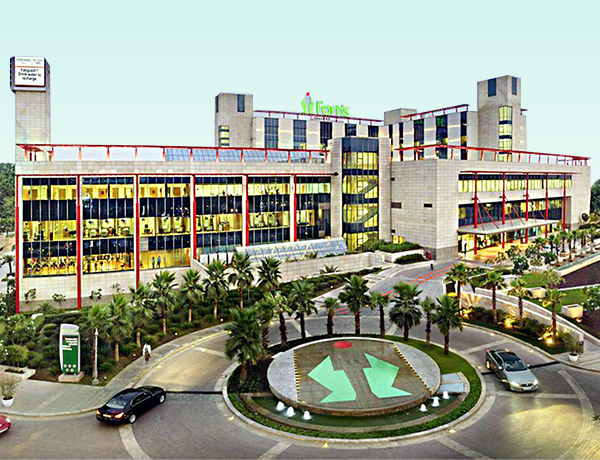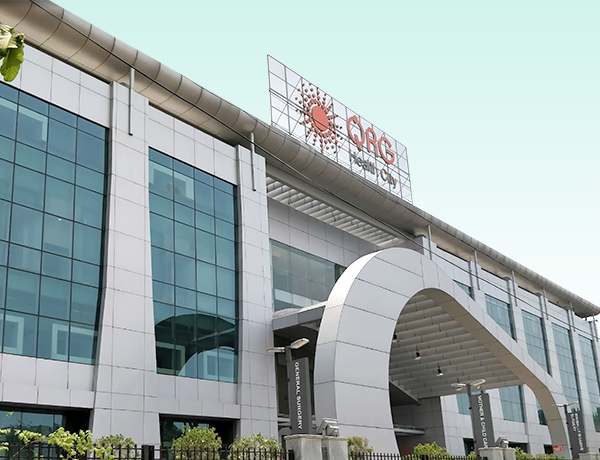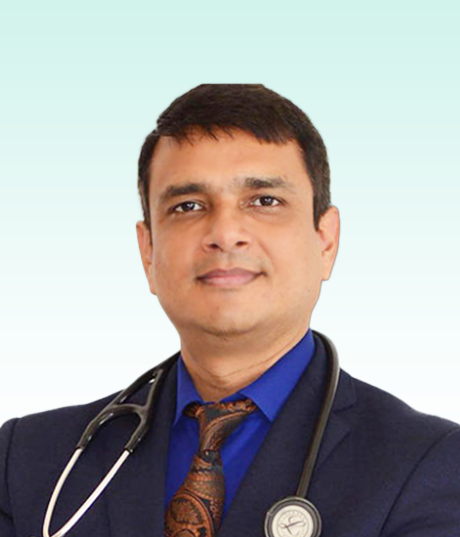Peripheral Artery Disease (PAD)
Peripheral artery disease (also called peripheral arterial disease) is a common condition in which narrowed arteries reduce blood flow to the arms or legs. In peripheral artery disease (PAD), the legs or arms — usually the legs — don’t receive enough blood flow to keep up with demand. This may cause leg pain when walking (claudication) and other symptoms. Peripheral artery disease is usually a sign of a buildup of fatty deposits in the arteries (atherosclerosis). Atherosclerosis causes narrowing of the arteries that can reduce blood flow in the legs and, sometimes, the arms. Peripheral artery disease treatment includes exercising, eating a healthy diet and not smoking or using tobacco.

Symptoms
Many people with peripheral artery disease have mild or no symptoms. Some people have leg pain when walking (claudication).
Claudication symptoms include muscle pain or cramping in the legs or arms that begins during exercise and ends with rest. The pain is most commonly felt in the calf. The pain ranges from mild to severe. Severe leg pain may make it hard to walk or do other types of physical activity.
Other peripheral artery disease symptoms may include:
- Coldness in the lower leg or foot, especially when compared with the other side
- Leg numbness or weakness
- No pulse or a weak pulse in the legs or feet
- Painful cramping in one or both of the hips, thighs or calf muscles after certain activities, such as walking or climbing stairs
- Shiny skin on the legs
- Skin color changes on the legs
- Slower growth of the toenails
- Sores on the toes, feet or legs that won’t heal
- Pain when using the arms, such as aching and cramping when knitting, writing or doing other manual tasks
- Erectile dysfunction
- Hair loss or slower hair growth on the legs
If peripheral artery disease gets worse, pain may occur during rest or when lying down. The pain may interrupt sleep. Hanging the legs over the edge of the bed or walking may temporarily relieve the pain.
Who Needs Peripheral Artery Disease (PAD):
Individuals who are at a higher risk of developing PAD include those with risk factors such as smoking, diabetes, high blood pressure, high cholesterol, obesity, a sedentary lifestyle, and a family history of cardiovascular diseases. People aged 50 and older, especially those with the mentioned risk factors, should be particularly vigilant about PAD symptoms.
When to See a Specialist:
If you experience symptoms such as leg pain, cramping, numbness, weakness, or difficulty walking, especially during physical activity, you should consult a vascular specialist. Additionally, individuals with risk factors for PAD should consider regular screenings to assess their vascular health.
Procedure
- Diagnosis: The specialist evaluates the patient’s medical history, performs a physical examination, and may order diagnostic tests such as ankle-brachial index (ABI), duplex ultrasound, angiography, or magnetic resonance angiography (MRA) to assess blood flow and detect blockages.
- Conservative Management: Mild cases of PAD can be managed through lifestyle changes, including smoking cessation, exercise, a heart-healthy diet, and managing underlying conditions like diabetes and high blood pressure.
- Medications: Medications such as antiplatelet agents, blood thinners, cholesterol-lowering drugs, and medications to improve blood circulation may be prescribed to manage symptoms and slow disease progression.
- Minimally Invasive Procedures: For more severe cases, minimally invasive procedures like angioplasty (balloon angioplasty) or stent placement can be performed to open blocked or narrowed arteries and improve blood flow.
- Surgical Interventions: In advanced cases, surgical procedures like bypass grafting may be required to create a detour around blocked arteries, restoring blood flow.
Road to Recovery
Recovery from PAD interventions depends on the type of procedure performed. Patients are often advised to engage in regular physical activity, follow a healthy diet, take prescribed medications, and attend follow-up appointments to monitor their condition.
Risk Management
Lifestyle changes are crucial to managing PAD and reducing its progression. Quitting smoking, managing diabetes and hypertension, maintaining a healthy weight, and regular exercise can significantly mitigate risks.
Benefits of Peripheral Artery Disease (PAD):
- Symptom Relief: Effective management of PAD can alleviate symptoms such as leg pain and cramping, allowing for improved mobility and quality of life.
- Reduced Complications: Treating PAD can reduce the risk of complications such as non-healing wounds, infections, and tissue damage.
- Lower Cardiovascular Risks: Managing PAD risk factors also lowers the risk of heart attack, stroke, and other cardiovascular diseases.
Frequently Asked Questions
1. Is PAD a serious condition?
Yes, PAD can lead to serious complications if left untreated. It’s essential to manage risk factors and symptoms promptly.
2. Can PAD be prevented?
While some risk factors are not controllable, such as age and family history, adopting a healthy lifestyle can significantly lower the risk of developing PAD.
3. Can PAD be cured?
While PAD cannot be completely cured, its progression can be slowed, and symptoms can be managed effectively through lifestyle changes, medications, and medical interventions.
4. What are the common symptoms of PAD?
Common symptoms include leg pain or cramping during physical activity (claudication), numbness, weakness, and slow-healing wounds or ulcers on the legs or feet.
5. Is PAD treatable without surgery?
Yes, mild to moderate cases of PAD can often be managed with lifestyle changes, medications, and minimally invasive procedures without the need for surgery.
Treatment Plans
- Trauma & intensive care $59
- Aged Care $29
- Community Services $25
- Diagnosis & Investigation $48
- Medical & Surgical $82
- Mental Health $74
- Rehabitation $24
- Specialised Support Service $19
- Trauma & intensive care $59
- Aged Care $29
- Community Services $25
- Diagnosis & Investigation $48
- Medical & Surgical $82
- Mental Health $74
- Rehabitation $24
- Specialised Support Service $19
Treatians As The Best Choice
Treatians understand that seeking medical treatment abroad can be a daunting experience for patients and their families. That’s why the company offers end-to-end support to its clients, from the initial consultation to post-treatment care. The company provides personalized treatment plans that are tailored to meet the individual needs of each patient, and its team of dedicated professionals is always on hand to provide guidance and support throughout the entire process. Contact us at +91-7982312582, drop your email [email protected]
- Trauma & intensive care
- Aged Care
- Community Services
- Diagnosis & Investigation
- Medical & Surgical
- Mental Health
- Rehabitation
- Specialised Support Service
Service Recipient Says

Oxmox advised her not to do so, because there were thousands of bad Commas, wild Question Marks and devious.
Kolis Muller NY Citizen
Oxmox advised her not to do so, because there were thousands of bad Commas, wild Question Marks and devious.
Kolis Muller NY Citizen


















Oxmox advised her not to do so, because there were thousands of bad Commas, wild Question Marks and devious.
Kolis Muller NY Citizen